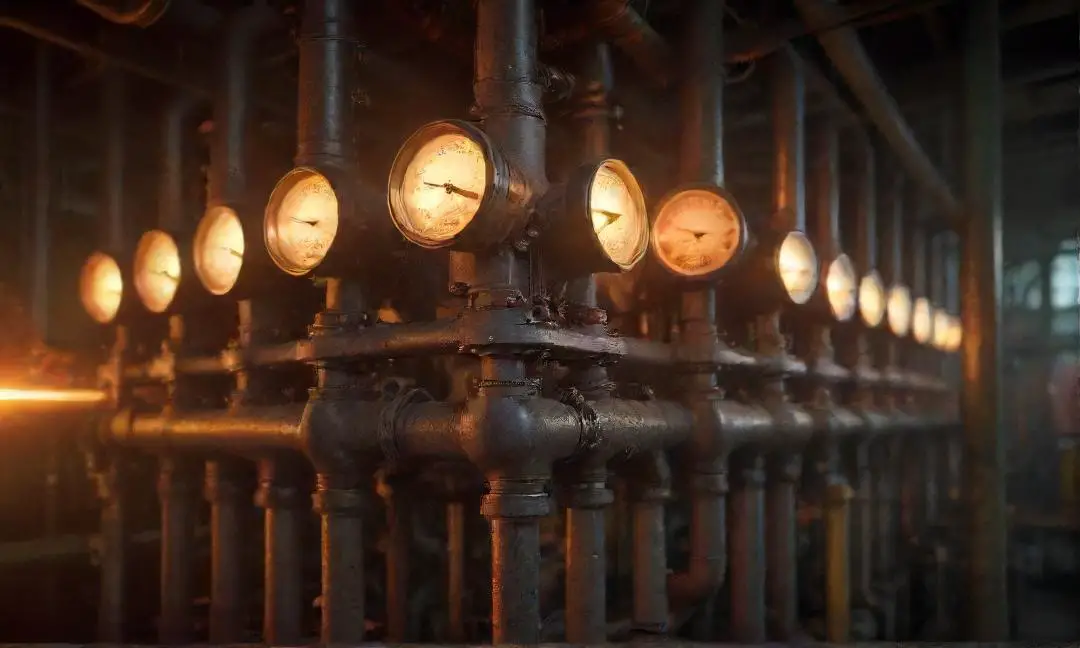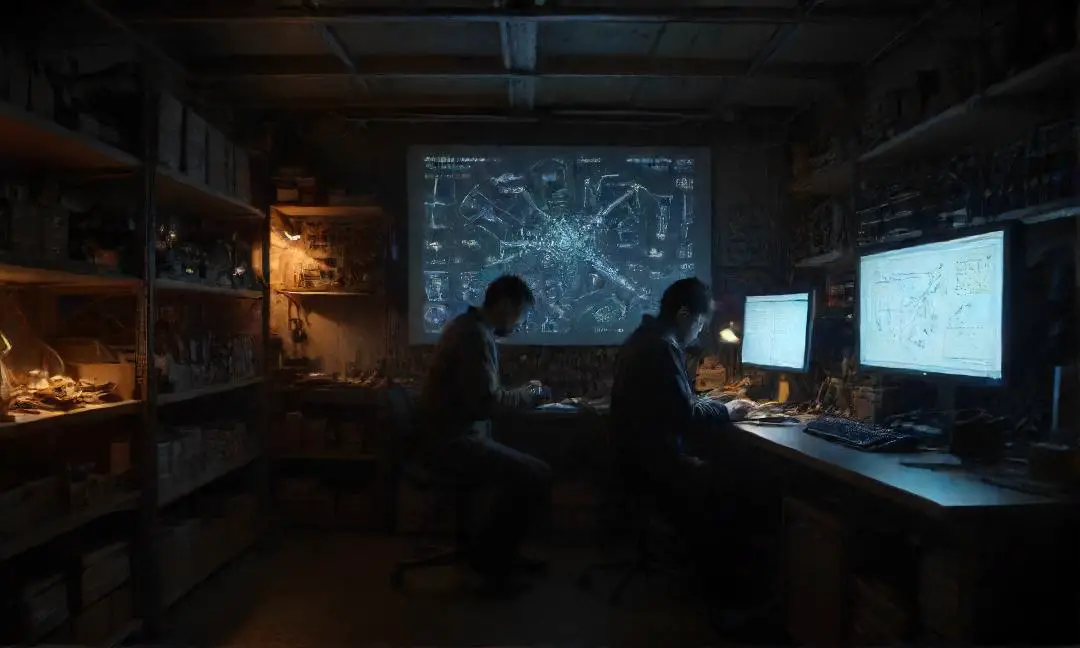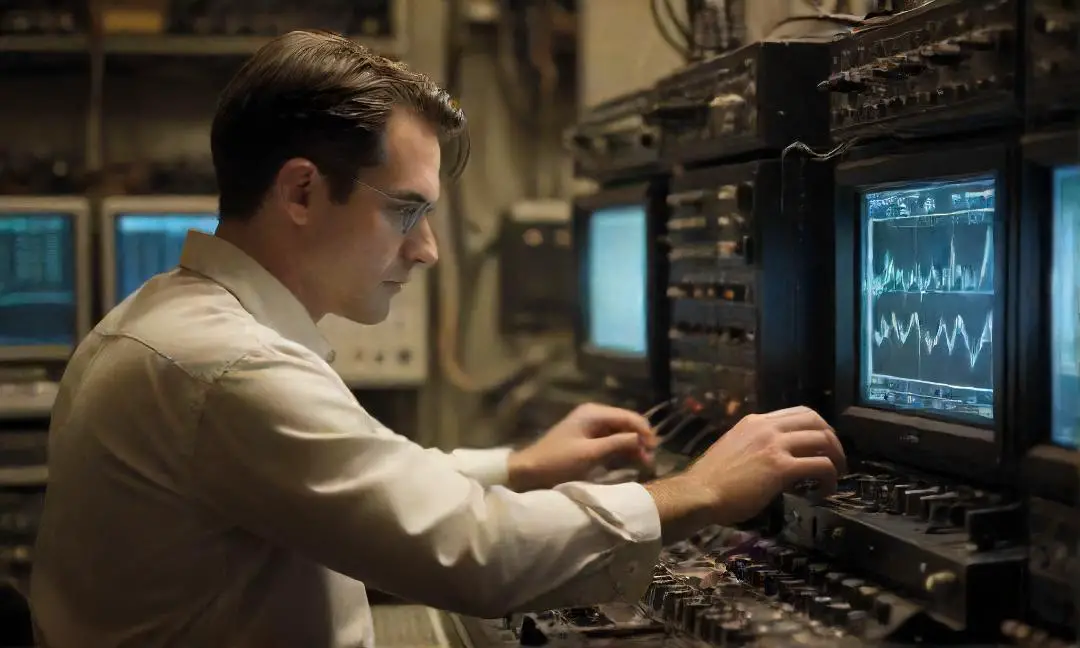
The Hidden Risks of Improper Temperature Calibration
The Impact on Product Quality
When the temperature calibration goes awry, it’s like a recipe without the right ingredients – the end result is far from desirable. Products can spoil, degrade, or lose their efficacy, causing frustration for both producers and consumers alike.
Safety Concerns in Health Settings
Imagine a hospital where temperature calibration isn’t precise – medications might lose their potency, vaccines could become ineffective, and sensitive medical equipment may malfunction. It’s a risky game of chance with people’s well-being on the line.
Financial Consequences for Businesses
A business operating with improper temperature calibration is akin to sailing a ship without a compass. Spoiled inventory, failed experiments, and dissatisfied customers can all lead to significant financial losses. It’s a costly gamble that no business can afford to take.
Regulatory Compliance Challenges
Regulatory bodies are like strict teachers – they demand precision and adherence to rules. Improper temperature calibration can lead to violations, fines, and even legal actions. It’s a compliance headache that businesses must avoid at all costs.
Addressing Temperature Fluctuations in Storage
Managing temperature fluctuations in storage facilities requires a delicate balance, much like taming a wild beast. Utilizing advanced monitoring systems, implementing proper insulation, and regular calibration checks are essential to ensure stable storage conditions. By tackling these fluctuations proactively, businesses can safeguard their products and reputation.
Identifying Signs of Calibration Issues
Inconsistent Readings and Measurements
When your equipment starts giving you readings that are all over the place, it’s a clear sign that something is amiss. Inconsistencies in measurements can throw off your entire process and lead to inaccurate results.
Equipment Malfunctions and Breakdowns
A surefire way to tell that your calibration is off is when your equipment starts acting up. Malfunctions and breakdowns can be a headache to deal with, not to mention the costly repairs that may follow.
Deviations from Standard Operating Procedures
Following standard operating procedures is crucial for maintaining consistency and quality. If you notice deviations from these procedures, it could be a sign that your calibration needs attention.
Product Spoilage and Wastage
One of the most frustrating consequences of improper calibration is product spoilage and wastage. When your equipment is not calibrated correctly, it can lead to subpar products that need to be discarded, resulting in financial losses.
Employee Frustrations and Productivity Loss
Calibration issues can take a toll on your employees, causing frustration and reducing productivity. When equipment is not calibrated properly, it can lead to delays, errors, and inefficiencies that impact the overall workflow.
Importance of Regular Calibration Maintenance
Ensuring Accuracy and Precision: Consistent calibration ensures your water heater functions accurately, providing you with reliable temperature readings and optimal performance.
Extending Equipment Lifespan: Regular maintenance not only keeps your water heater in top shape but also prolongs its lifespan, saving you from costly replacements.
Mitigating Risks of Contamination: Proper calibration reduces the chances of contaminants seeping into your water supply, safeguarding your health and well-being.
Improving Operational Efficiency: A well-calibrated water heater operates efficiently, reducing energy consumption and lowering your utility bills.
Enhancing Customer Satisfaction and Trust: By maintaining your water heater through calibration, you ensure consistent hot water supply, leading to satisfied customers who trust in your reliable service.
Effects of Improper Temperature Calibration
Erratic Performance: Without proper calibration, your water heater may deliver inconsistent temperatures, causing inconvenience and discomfort.
Reduced Lifespan: Improper calibration can strain your water heater, leading to premature wear and tear, shortening its lifespan.
Risk of Scalding: Inaccurate temperature settings increase the risk of scalding injuries, especially concerning for households with children or elderly individuals.
Energy Waste: When not calibrated correctly, your water heater may work harder than necessary, wasting energy and increasing your utility costs.
Poor Water Quality: Improper calibration can affect water quality, potentially introducing harmful substances into your water supply, posing health risks.

DIY Calibration Tips for Small Businesses
1. Grasping Calibration Needs: Recognize the criticality of accurate calibration to ensure optimal performance and compliance.
2. Acquiring Superior Calibration Equipment: Procure high-quality tools to guarantee precise and reliable results for your business operations.
3. Setting Up Calibration Timetables: Create regular schedules to maintain equipment accuracy and prevent potential issues from arising.
4. Educating Staff on Calibration Techniques: Train your employees on the correct methods to execute precise calibration effectively.
5. Recording Calibration Procedures for Auditing: Document all calibration processes meticulously to facilitate audits and demonstrate adherence to standards.
Effects of Improper Temperature Calibration
1. Inaccurate Readings: Incorrect calibration can lead to misleading temperature readings, impacting decision-making processes.
2. Equipment Malfunction: Improper calibration may cause equipment to malfunction, potentially disrupting business operations.
3. Compliance Issues: Failure to calibrate correctly can result in non-compliance with industry regulations, leading to penalties or legal consequences.
4. Reduced Product Quality: Flawed temperature calibration can affect product quality, resulting in customer dissatisfaction and loss of reputation.
5. Safety Hazards: Improperly calibrated temperature controls can pose safety risks to employees and customers, increasing the likelihood of accidents.
Choosing the Right Calibration Service Provider
Evaluating Accreditation and Certification
Starting your search for a calibration service provider by checking their accreditation and certification is like ensuring you have a trustworthy guide for your journey. Just as you wouldn’t climb a mountain without a seasoned sherpa, don’t entrust your equipment calibration to a provider without the proper credentials.
Reviewing Customer Feedback and Testimonials
Think of customer feedback and testimonials as the trail markers of the calibration service provider world. Following the experiences of those who have gone before you can lead you to a provider that will not only meet but exceed your expectations. It’s like having a sneak peek into the adventure that awaits you.
Comparing Pricing and Service Packages
Relating to choosing a calibration service provider, comparing pricing and service packages is akin to shopping for the best deal on a treasure map. You want to ensure you’re getting the most value for your investment, just as a savvy pirate seeks out the richest bounty.
Assessing Turnaround Time and Support
Considering the turnaround time and support offered by a calibration service provider is like checking the weather forecast before setting sail. You want to make sure you’ll reach your destination in a timely manner and have the necessary support along the way, much like a ship needing favorable winds.
Ensuring Compliance with Industry Standards
Ensuring that a calibration service provider complies with industry standards is like making sure your compass points true north. Just as navigation relies on the accuracy of a compass, the reliability of your equipment hinges on the adherence to established standards.
Effects of Improper Temperature Calibration
Ignoring the importance of proper temperature calibration is like setting off on a voyage without a map or a compass. It can lead to a myriad of issues, from equipment malfunctions to compromised results. Ensuring your equipment is calibrated correctly is essential for smooth sailing in the vast sea of precision measurement.

Future Trends in Temperature Calibration Technology
1. Automation and IoT Integration
Temperature calibration is evolving with the integration of automation and IoT technologies. This advancement allows for seamless monitoring and control of temperature calibration processes, enhancing accuracy and efficiency. IoT devices communicate data in real-time, enabling proactive adjustments for optimal calibration results.
2. Remote Monitoring and Cloud-Based Solutions
The shift towards remote monitoring and cloud-based solutions revolutionizes temperature calibration practices. Technicians can now monitor and manage calibration processes from anywhere, increasing flexibility and accessibility. Cloud storage ensures secure data management and easy access to calibration records for analysis and compliance purposes.
3. Predictive Maintenance and Data Analytics
Predictive maintenance is a game-changer in temperature calibration technology, enabling proactive identification of potential issues before they escalate. By leveraging data analytics, trends and patterns in calibration data can be analyzed to predict maintenance needs accurately. This proactive approach minimizes downtime and optimizes equipment performance.
4. Enhanced Calibration Traceability
Calibration traceability is crucial for quality assurance, and advancements in technology have enhanced traceability mechanisms. Modern calibration tools offer detailed documentation and audit trails, ensuring compliance with industry standards and regulations. Enhanced traceability instills confidence in calibration results and facilitates efficient troubleshooting.
5. Customized Calibration Solutions for Specific Industries
Temperature calibration technology is adapting to cater to the unique requirements of different industries. Customized calibration solutions are designed to meet the specific needs and standards of various sectors, ensuring precise and reliable calibration outcomes. Tailored calibration services optimize equipment performance and support industry-specific quality control measures.
Effects of Improper Temperature Calibration
Improper temperature calibration can have detrimental effects on equipment performance and product quality. Inaccurate temperature measurements can lead to process deviations, affecting product integrity and safety. It is essential to prioritize proper temperature calibration to maintain operational efficiency and regulatory compliance.
